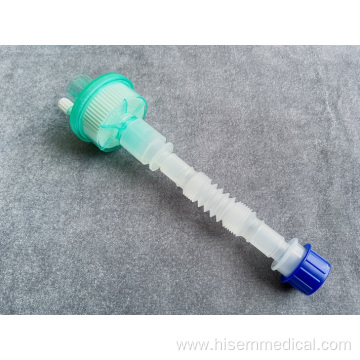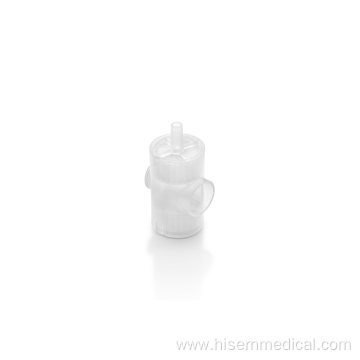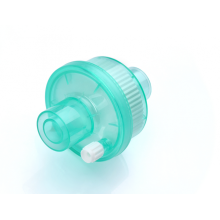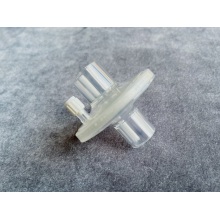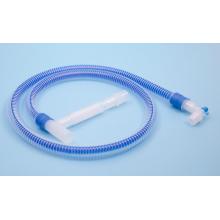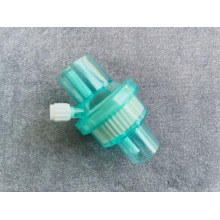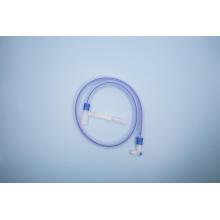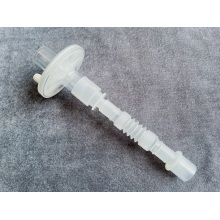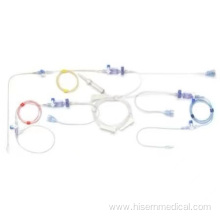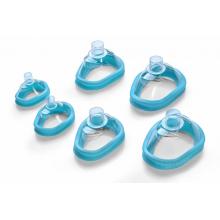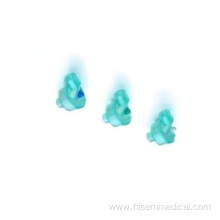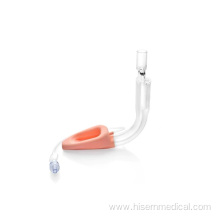Why use Heat Moisture Exchanger Filters (HMEF)
• HMEF is passive humidification with bacterial/viral filtration efficiency.
Gases emerging from
Anesthesia machine are dry and room temperature (cold)
• Tracheal intubation or use of laryngeal mask airway bypasses upper airway modifying pattern
of heat and moisture exchange, lungs need 37° & 100% relative humidity.
• Cilia can stop beating with impaired mucocilliary function includes sputum retention &
increased risk of infection .
• Warmed humidified air is better than cold, dry gases even in short cases.
When a patient`s trachea is intubated or a supraglottic airway device is placed in situ, the normal warming, humidifying and filtering functions of the upper airways are bypassed. Hence, gas delivered to the patient needs to be artificially conditioned to replace these lost functions Heat and moisture exchangers (HMEs) are intended to conserve a portion of the patient`s exhaled heat and moisture, and condition inspired gas by warming and humidifying it. Breathing system filters are intended to reduce the transmission of microbes and other particulate matter in breathing systems.
Devices that contain both filters and HME are called Heat Moisture Exchanger Filters (HMEFs). It is not ideal to distinguish these two common filters with "static" and "folds", because these two types of filters rely on electrostatic charge to a certain extent to keep the particles in the filter material, two types All materials can be folded. The main difference between the two types is the density of the fibers. For "electrostatic" filter materials, the density of the fibers is relatively low, and the electrostatic charge (fiber or triboelectric charge) on the fibers is high. For "pleated" filters, the density of the fibers is high: this leads to increased resistance to gas flow; the pleated material increases the surface area, thereby reducing the resistance. This type of filter is also called "hydrophobic" (because the surface of the filter material repels water) or "mechanical". In this review, the terms "electrostatic" and "pleat" will be used to distinguish these two types of filters.
Used in anesthesia and respiratory system, our
B/V Filter is designed for the
protection of the patient, hospital personnel and the equipment from
potential microbial contamination.
Features:
Lightweight reduces torque on tracheal connection.
ISO connectors allow for safe and secure connections.
Gas sampling port with cap for easy, safe monitoring of expired gases.
ISO, CE&FDA 510K



